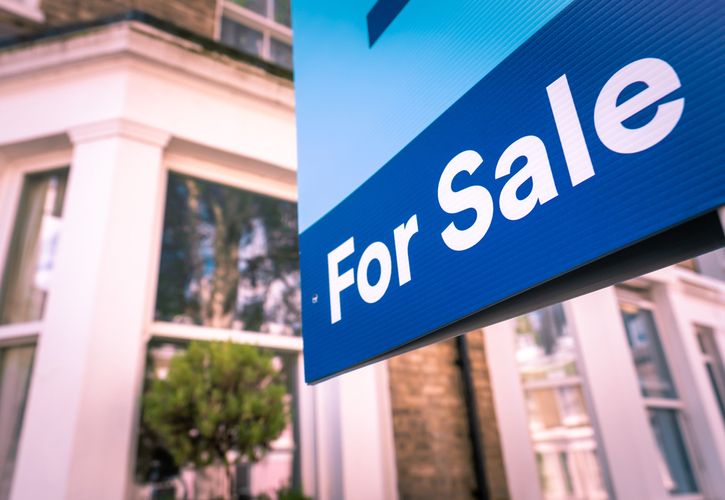UK DIY News
Government Urged To Keep Nil-Rate Stamp Duty Threshold For First-Time Buyers

- Property experts warn house sales will plummet with stamp duty threshold reverting to £300,000 in April 2025
- David Hannah, Group Chairman of Cornerstone Tax, argues that keeping existing stamp duty thresholds would further stimulate property market.
Rightmove has announced that it hopes the UK government retains the current nil-rate stamp duty threshold for first-time buyers, set at £425,000. With the threshold due to revert to £300,000 in April 2025, Rightmove highlights that this will result in fewer homes being exempt from stamp duty for first-time buyers. Currently, 58% of homes for sale in England are stamp duty-free for first-time buyers, however, this is expected to drop significantly with the policy change. London as an example will see the number of homes drop from 25% to less than 10%.
In light of this, David Hannah, Group Chairman of Cornerstone Tax, the UK’s leading stamp duty advisory, argues that the Chancellor ought to look at well-targeted reform to stamp duty as a means to bolster transactions. By keeping the thresholds as they are, this policy would boost the UK's housing market by supporting first-time buyers.
With Cornerstone Tax’s research having found that 44% say that they cannot live in their desired location because of increased house prices in the community, supporting first-time buyers should be a must for the new government. Despite stamp duty generating around £13 billion annually, a temporary cut in 2022 caused receipts to surge to £17.5 billion. David Hannah suggests that keeping the existing stamp duty thresholds would further stimulate the property market, and by extension, the national economy. Currently, homes valued at £250,000 or less are exempt, while those valued between £250,000 and £925,000 face a 5% levy. With the average UK home priced at £285,201, it’s clear that these thresholds are overdue for a review. Furthermore, Hannah argues that adjusting these bands would not only boost sales for first time buyers, but also benefit pensioners looking to move up the property ladder. By increasing demand for mid-to-high-end properties, this would create a ripple effect, enabling current homeowners to sell their lower-end properties and invigorating Britain’s stagnant housing market.
David Hannah, Group Chairman of Cornerstone Tax, comments:
“SDLT payment bands have been long overdue for an overhaul as they have never been index-linked to house price inflation. An increase in these thresholds would stimulate activity at the lower end of the property market and allow first-time buyers to reduce the amount they need to borrow, thus improving their affordability calculations. Furthermore, creating an exemption for pensioners would allow more Brits to downsize freeing up homes for those wishing to get onto the property market.
“As we all know, a rising tide lifts all boats, those looking to purchase properties on the mid-to-high end of the property market will now have a chance to sell their low-end properties as a result of the increase in demand from prospective buyers, contributing to further momentum within the housing market.”
Source : Cornerstone Tax
Image : William Barton / shutterstock / 1787318480
Insight DIY always publishes the latest news stories before anyone else and we find it to be an invaluable source of customer and market information.











































